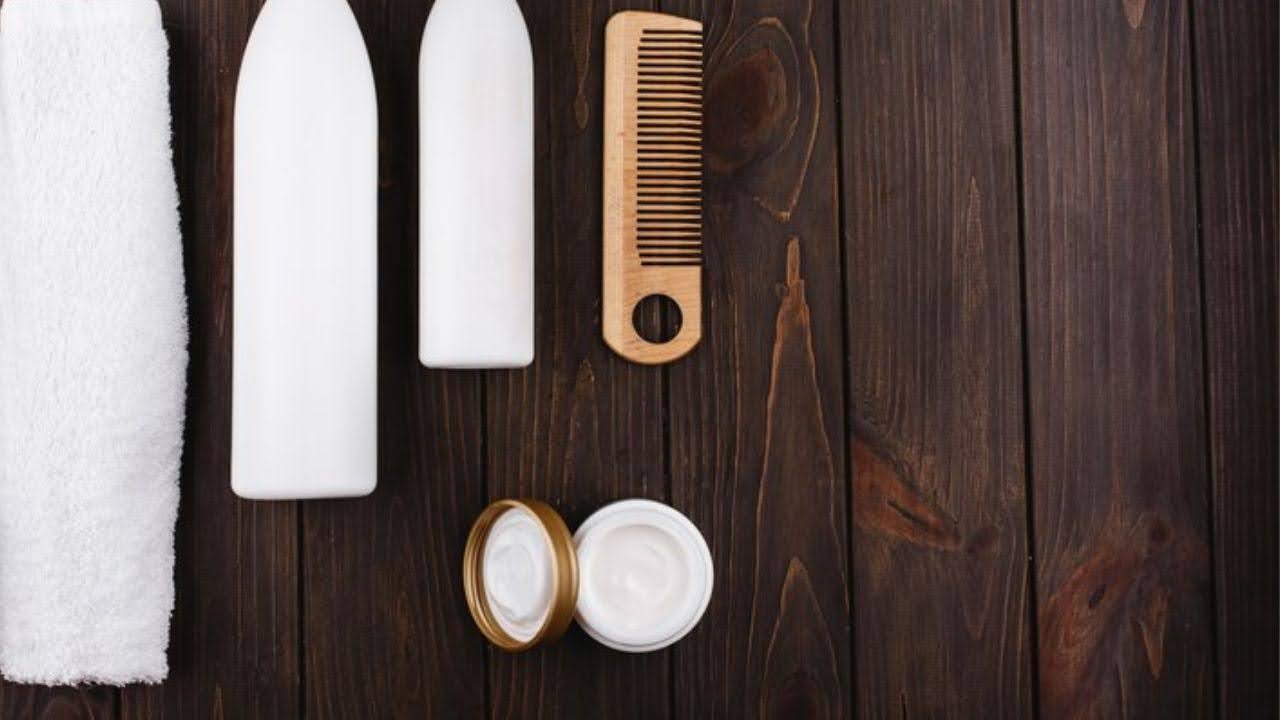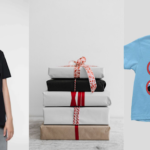
Frizzy hair can be a daily struggle for many individuals, especially in humid or dry climates. The quest for smooth, sleek locks has led to the development a wide array of anti-frizz hair products promising to tame unruly strands and provide long-lasting frizz control.
The options seem endless, from serums to creams to oils, but understanding how these products work and which ones are best suited for your hair type is essential for achieving the desired results.
Here, we will explore everything you need about anti-frizz hair products.
Understanding the Causes of Frizz:
Before diving into the world of anti-frizz products such as leave-in conditioner milk, it’s crucial to understand what causes frizz in the first place. Frizz occurs when the hair’s outer layer, known as the cuticle, becomes raised, allowing moisture from the air to penetrate the hair shaft, causing it to swell and frizzy. Factors such as humidity, dryness, heat styling, and damage can exacerbate frizz, making achieving smooth, sleek hair challenging.
Types of Anti-Frizz Hair Products:
-
Serums:
Hair serums are lightweight, silicone-based formulations that smooth the hair’s cuticle and provide a sleek, polished finish. They create a protective barrier around the hair shaft, preventing moisture from penetrating and causing frizz. Serums are best applied to damp or dry hair and can be used before or after styling.
-
Creams:
Anti-frizz creams are thicker in consistency than serums and often contain nourishing ingredients such as oils and proteins. They help to moisturize and hydrate the hair, reducing frizz and enhancing manageability. Creams are ideal for individuals with thick, coarse hair or those needing extra moisture and hydration.
-
Oils:
Hair oils, such as argan, coconut, and jojoba oil, are natural remedies for frizz and dryness. These oils penetrate the hair shaft, nourishing and moisturizing from within while providing a smooth, glossy finish. Oils can be used as a leave-in treatment, applied to damp hair before styling, or used to touch up dry ends throughout the day.
-
Sprays:
Anti-frizz sprays are lightweight, alcohol-free formulations designed to control frizz without weighing the hair down. They often contain conditioning agents and humidity-resistant polymers to keep hair smooth and sleek in any weather conditions. Sprays are convenient for quick touch-ups and can be used on damp and dry hair.
Choosing the Right Anti-Frizz Product for Your Hair Type:
-
Fine or Thin Hair:
Individuals with fine or thin hair should opt for lightweight, non-greasy formulations such as serums or sprays. Look for “volumizing” or “weightless” products to avoid weighing down the hair.
-
Thick or Coarse Hair:
Those with thick or coarse hair may benefit from more prosperous, more emollient products such as creams or anti-frizz Leave In conditioners. These formulations provide extra moisture and hydration to help smooth and tame unruly strands.
-
Curly or Wavy Hair:
Due to its natural texture, curly or wavy hair tends to be more frizzier. Look for anti-frizz hair products, such as curl creams or defining gels, which help enhance curl definition while controlling frizz.
-
Chemically Treated or Damaged Hair:
Chemically treated or damaged hair requires extra care and hydration to combat frizz. Choose products enriched with nourishing ingredients such as keratin, amino acids, and vitamins to repair and strengthen the hair shaft.
Tips for Using Anti-Frizz Hair Products Effectively:
-
Start with a small amount:
When using anti-frizz products, less is often more. Start with a small amount and gradually increase as needed to avoid weighing down the hair or causing buildup.
-
Apply evenly:
Ensure thorough product distribution by running it through the lengths and ends of the hair, avoiding the roots. Use a wide-tooth comb or your fingers to distribute the product evenly.
-
Use heat styling tools wisely:
Limit the use of heat-styling tools such as flat irons and blow dryers, as excessive heat can contribute to frizz and damage. When using heat styling tools, always apply a heat protectant spray or serum to protect the hair from heat damage.
-
Protect hair overnight:
To prevent frizz while sleeping, consider sleeping on a satin or silk pillowcase, which helps reduce friction and static. You can also wrap your hair in a silk scarf or use a silk or satin hair bonnet to protect your strands while you sleep.
Conclusion
Anti-frizz hair products such as Leave-in Conditioner can be valuable tools for achieving smooth, sleek hair, regardless of hair type or texture. By understanding the causes of frizz and choosing the right products for your hair’s specific needs, you can effectively tame unruly strands and enjoy frizz-free locks. Remember to use anti-frizz products in conjunction with a healthy hair care routine that includes regular trims, gentle cleansing, and proper hydration for optimal results.





